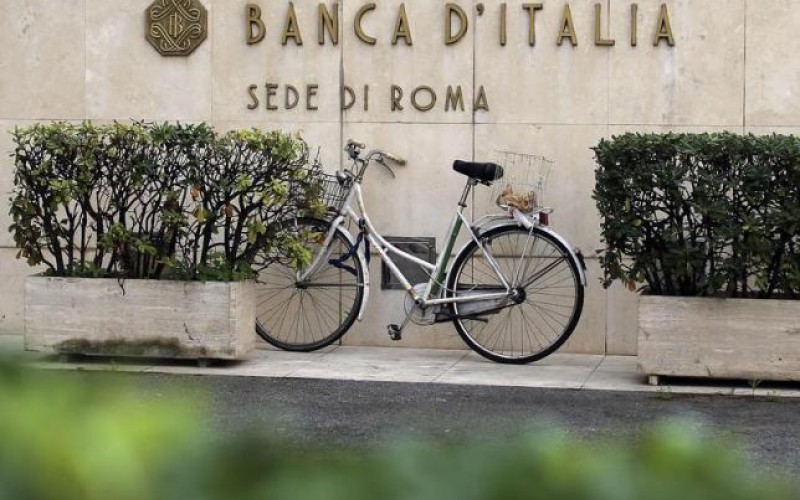In the 14th century, the Medici family of Florence began its rise to prominence, investing profits from a thriving textile trade to fund what would become the largest banking institution in Europe. The success of the legendary banking family helped to usher in the Italian Renaissance and thus change the world. Now, Italian banks seem poised to alter the world yet again.
Shares of Italy’s largest financial institutions have plummeted in the opening months of 2016 as piles of bad debt on their balance sheets become too high to ignore. Amid all of the risks facing EU members in 2016, the risk of contagion from Italy’s troubled banks poses the greatest threat to the world’s already burdened financial system.
At the core of the issue is the concerning level of Non-Performing Loans (NPL’s) on banks’ books, with estimates ranging from 17% to 21% of total lending. This amounts to approximately €200 billion of NPL’s, or 12% of Italy’s GDP. Moreover, in some cases, bad loans make up an alarming 30% of individual banks’ balance sheets.
The red flags initially attracted the attention of the European Central Bank (ECB), prompting an official inquiry that investors viewed as a flashing ‘sell signal.’ Shares of Italian banking companies lost more than 25% in the first several weeks of the year.
Though markets have pared losses in the last few weeks, March has brought renewed concern for the health of Italy’s financial sector. Adding more worries to fuel the fire, on Friday the ECB demanded that one such troubled Italian bank, Banca Carige SpA, provide new strategic plans and additional funding in order to bolster its balance sheet and meet supervisory requirements by the end of the month. The news sent bank shares on yet another swoon, prompting trading halts on several as the volatility triggered maximum loss ‘circuit breakers.’
…click on the above link to read the rest of the article…

